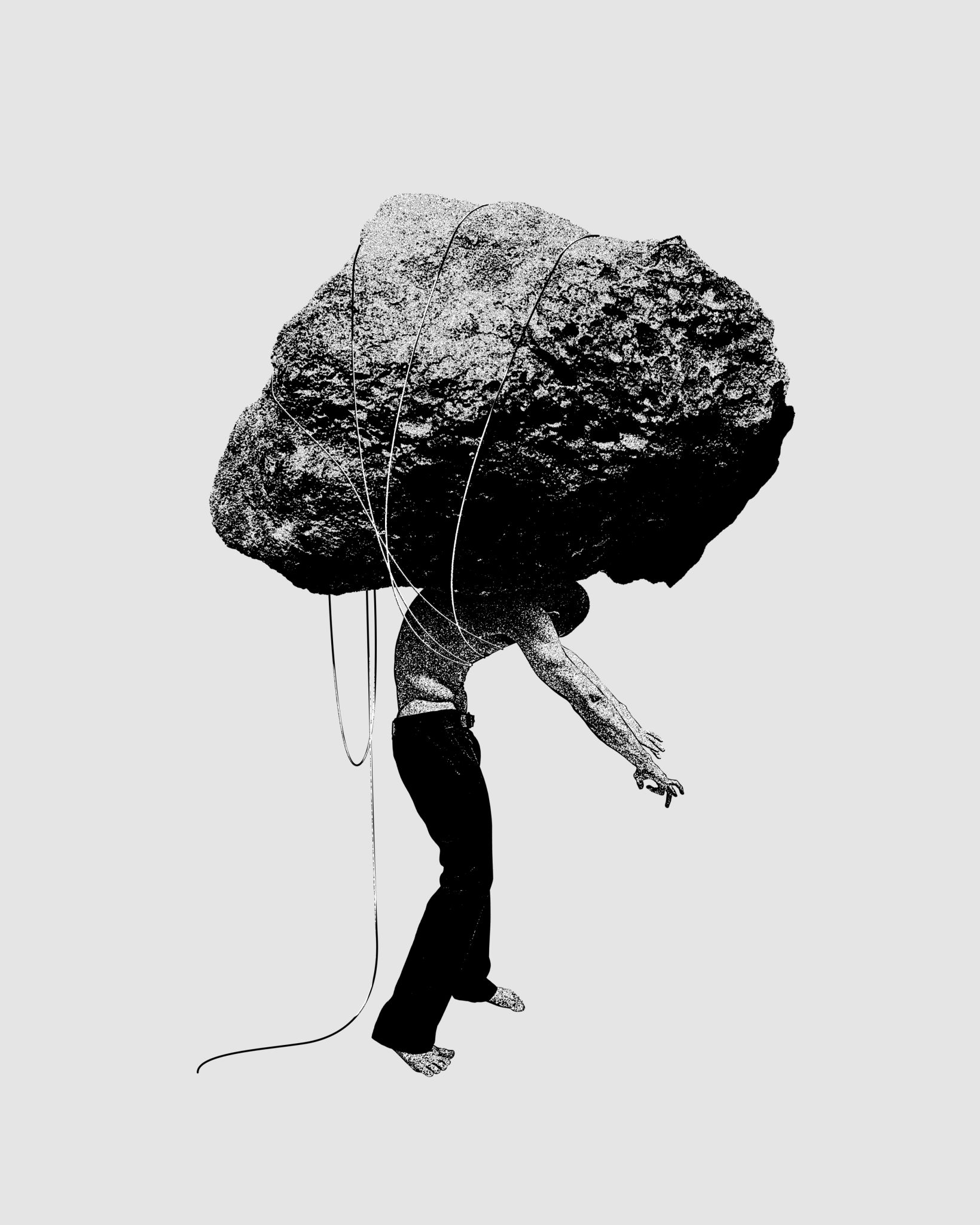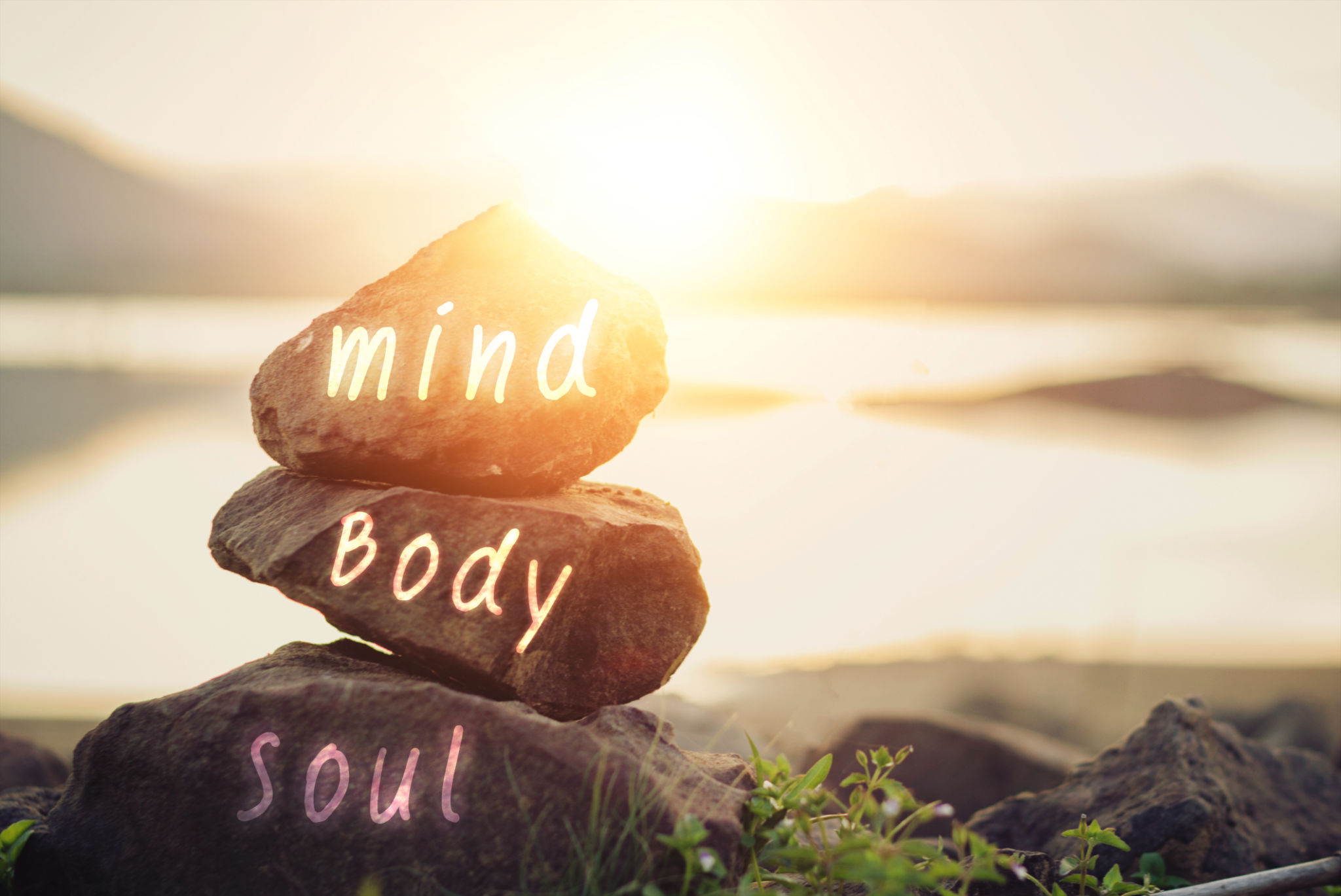The Therapeutic Benefits of Photography: Combining Art and Counselling
Introduction to Therapeutic Photography
Photography is more than just capturing moments; it is a powerful tool for self-expression and healing. Many individuals have turned to photography not only as a creative outlet but also as a form of therapy. By combining the visual art of photography with counselling techniques, people can explore their emotions, gain insights, and promote mental well-being.

The Healing Power of Photography
Photography encourages individuals to focus on the present moment, which can be immensely beneficial for those experiencing stress, anxiety, or depression. By concentrating on capturing an image, one can shift attention away from negative thoughts and instead engage with the surrounding environment. This mindful practice helps reduce stress levels and promotes relaxation.
Additionally, photography allows people to tell their stories visually. For someone who may struggle with verbal expression, this medium provides an alternative way to communicate feelings and experiences. It offers a safe space to explore complex emotions and reflect on personal growth.
Combining Art and Counselling
Integrating photography into counselling sessions can enhance therapeutic outcomes. Therapists often encourage clients to use photos as a means of self-reflection and discussion. For instance, clients might be asked to take photos that represent their current emotional state or capture scenes that evoke specific memories.

This process not only facilitates open dialogue between the client and therapist but also empowers individuals to explore their inner world creatively. The images become starting points for conversations that can lead to greater self-awareness and emotional healing.
Practical Applications of Photography in Therapy
Photography can be used in various therapeutic settings, including individual counselling, group therapy, and workshops. Here are a few practical applications:
- Photo Journaling: Clients maintain a visual diary documenting their emotions and thoughts through images.
- Theme-Based Projects: Focusing on specific themes like gratitude, resilience, or hope encourages introspection and positive thinking.
- Mindfulness Exercises: Encouraging clients to take photos of nature or everyday objects helps cultivate mindfulness and appreciation for the present.

Overcoming Challenges Through Photography
For individuals facing significant life challenges, such as grief or trauma, photography offers a unique path to healing. It provides a sense of control over the narrative and allows individuals to process difficult emotions at their own pace. The act of creating art becomes a powerful reminder of resilience and hope.
Furthermore, sharing photographic works with others can foster a sense of community and connection. By participating in exhibitions or online platforms, individuals can receive validation and support from those who appreciate their artistic journey.
Conclusion: Embracing Photography for Well-Being
The therapeutic benefits of photography are vast and varied. Whether used as a standalone practice or integrated with counselling techniques, photography offers a creative and effective way to promote mental health. By embracing this art form, individuals can find solace, gain insights, and ultimately enhance their overall well-being.
For anyone seeking a new method of self-exploration or looking for ways to enhance traditional therapy sessions, photography presents an inspiring and transformative option.
